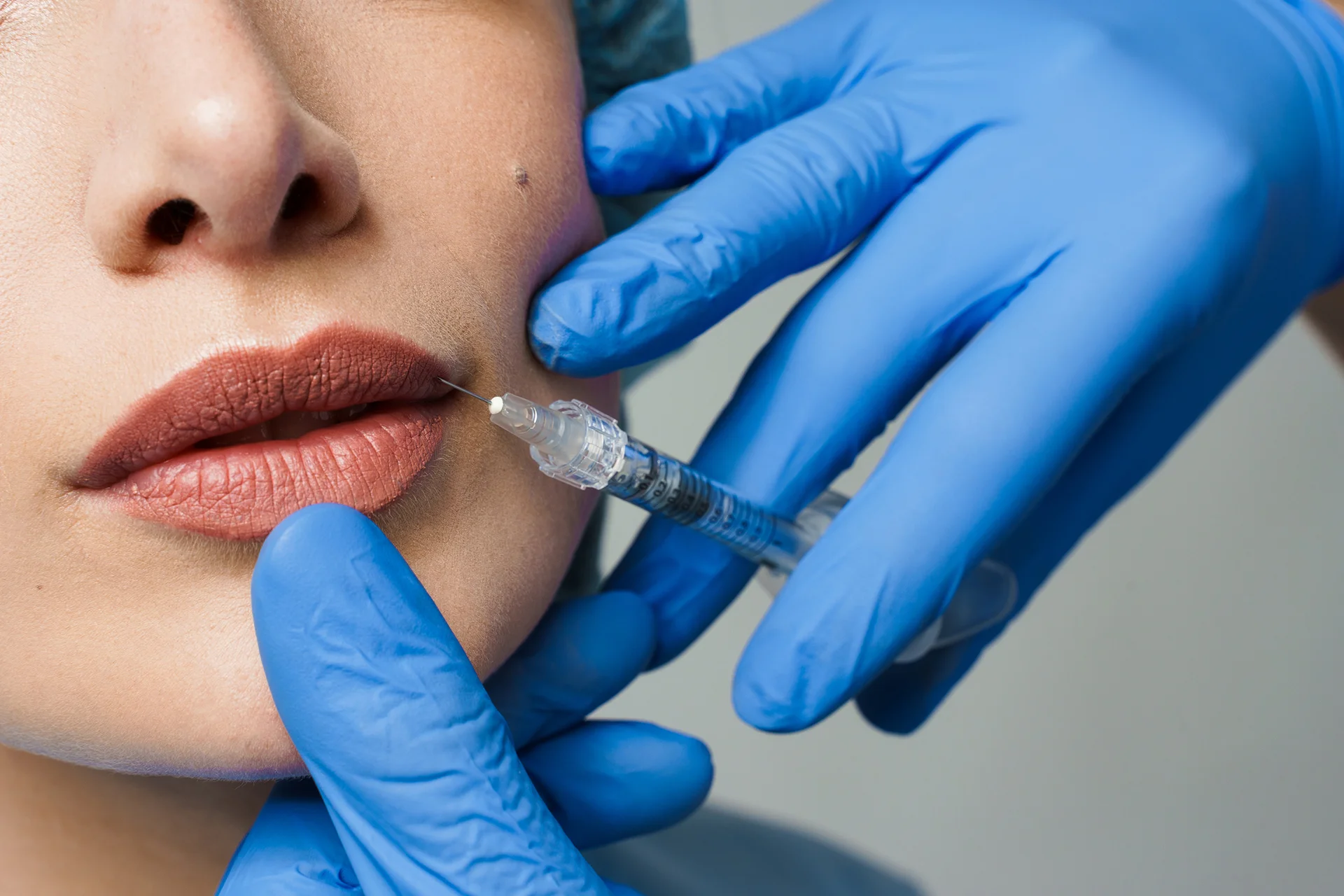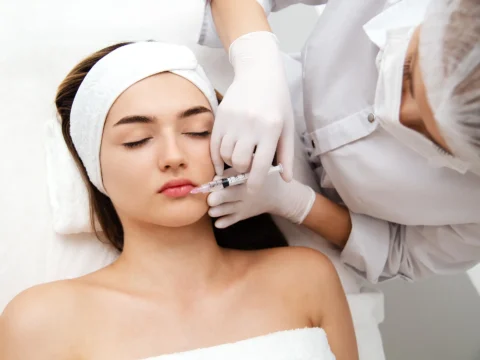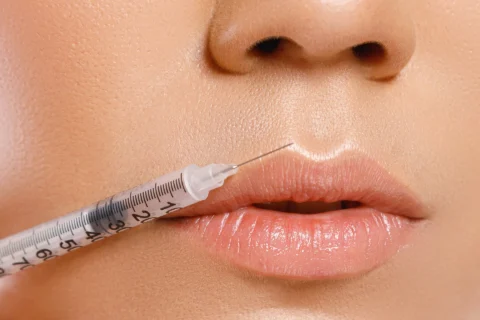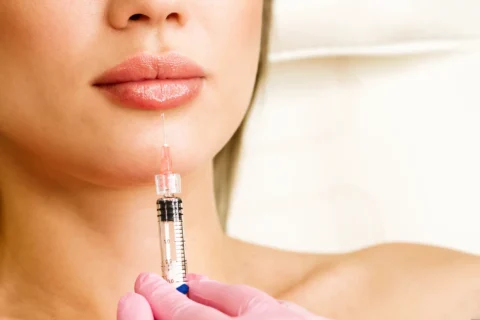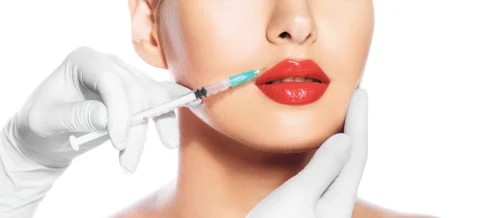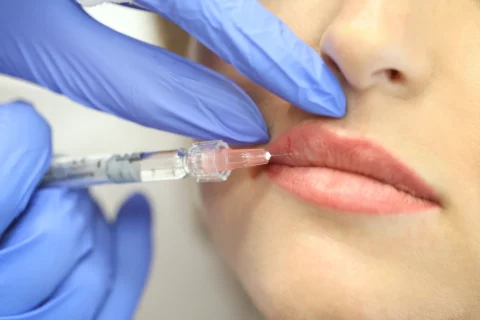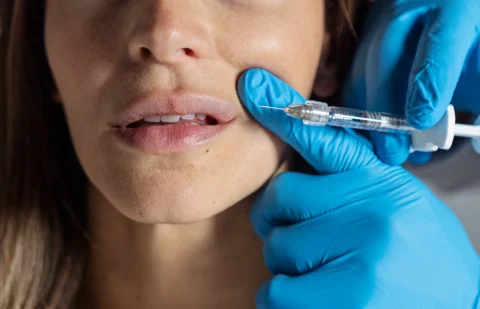Everything You Need to Know About Dissolving Lip Fillers
Seeking the perfect pout, but your lip filler journey took an unexpected turn?
If you’re rethinking those fuller lips, there’s a solution at hand. Whether it’s months later or you’re just seeking a change, reducing or dissolving lip fillers is possible with a safe, effective treatment.
Let Dr. Hardik Soni of Ethos Aesthetics + Wellness shed light on the ins and outs of saying goodbye to unwanted dermal fillers.
Can Swelling Happen When Dissolving Lip Fillers?
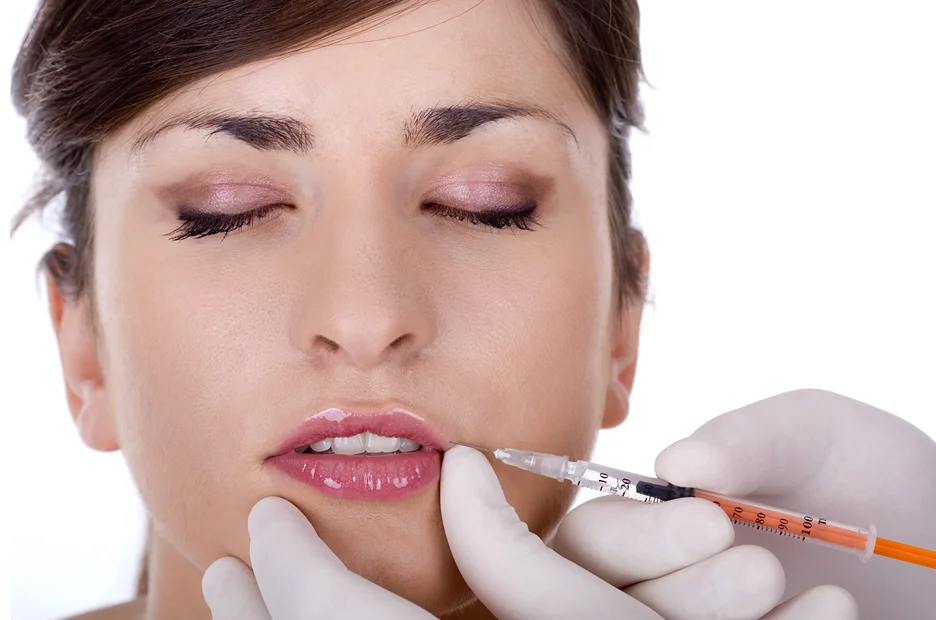
Swelling commonly occurs when dissolving lip fillers due to the hyaluronidase enzyme rapidly breaking down the filler. This leads to the release and reabsorption of the filler by the body, causing inflammation and fluid build-up.
The body’s immune system treats the minor trauma from the needle as a threat, increasing fluid and white blood cells in the area, resulting in swelling, redness, and warmth from increased blood flow.
This reaction is your body’s way of adjusting to the new material on your lips.
Why is Inflammation More Pronounced in the Lips After Lip Filler Treatments?
The lips, being densely packed with blood vessels, typically show more noticeable inflammation post-filler treatments compared to other areas. This heightened response is a demonstration of the body’s natural defense mechanisms reacting to what it perceives as an injury.
How Does Hyaluronidase Work in Dissolving Lip Fillers?
Hyaluronidase is the ingredient used to dissolve hyaluronic acid (HA) fillers like Juvederm and Restylane.
Hyaluronidase, a naturally occurring enzyme in the body, functions to break down hyaluronic acid (HA). As an endoglycosidase, it depolymerizes HA, facilitating its degradation. This process involves hydrolyzing the disaccharides in HA at the hexosaminidic β-1 to β-4 linkages.
The concentrated synthetic version injected into your lips rapidly breaks down the filler into simpler molecules for your body to absorb. It specifically targets the manufactured HA, leaving your natural hyaluronic acid intact.
Dr. Soni states, “Hyaluronidase has been safely used since 1949. It’s highly effective at eliminating lip filler quickly with minimal side effects when properly administered.
Is Bruising a Common Side Effect of Dissolving Lip Fillers?
Some minor bruising is expected with any injectable treatment, including dissolving lip fillers. This process can cause minor trauma and subdermal bleeding, leading to the appearance of bruises. Typically, these bruises heal swiftly as the body naturally reabsorbs the blood.
What to Expect in Terms of Swelling After Dissolving Lip Filler?
Swelling peaks at around 48 hours post-treatment. Your lips may appear inflated as the dissolved filler navigates through the tissue.
It then gradually subsides over the next 2-4 days. Most residual swelling resolves within 1-2 weeks. Use cold compresses, gentle massage, rest, and over-the-counter anti-inflammatories to manage swelling.
“Swelling is temporary and no cause for concern,” assures Dr. Soni. “Proper aftercare helps reduce discomfort during this transition period as your lips return to their pre-filled state.”
Not satisfied with your current lip fillers? Dr. Soni at Ethos Aesthetics + Wellness offers expert dissolving techniques for a fresh start.
How Long Does Swelling Last After Hyaluronidase Is Applied?
The level of swelling and how long it lasts depend on factors like:
- Amount of filler dissolved: More extensive removal causes greater swelling.
- Your body’s inflammatory response: Some patients swell more than others.
- Aftercare consistency: Cold compresses, massage, and rest accelerate healing.
After applying hyaluronidase to dissolve lip filler, swelling in the treated area typically takes about 2-4 days to settle down.
In cases where a larger amount of filler is dissolved, the swelling may last longer, but it typically resolves within a month. If swelling persists beyond this period, it’s advisable to consult your healthcare provider.
Dr. Soni emphasizes, “The duration of swelling can differ from person to person, depending on the amount of filler dissolved. Following aftercare guidelines is crucial for a smooth recovery during this transition period.”
How to Safely Dissolve Lip Fillers Using Hyaluronidase
Hyaluronidase dissolving should only be performed by an experienced professional like Dr. Soni at an established practice such as Ethos Aesthetics + Wellness.
Never attempt to dissolve fillers at home. Self-injecting with unregulated products risks complications like vascular occlusion and tissue death.
Under Dr. Soni’s expert care, the safe dissolving process involves:
- Assessing your case and goals to customize treatment.
- Conducting an allergy test 24-48 hours pre-procedure.
- Using sterile techniques and the smallest gauge needle.
- Injecting the precise hyaluronidase amount and concentration.
- Massaging the lips to evenly distribute the enzyme.
- Providing topical numbing cream to maximize comfort.
- Meticulous follow-up care to support healing and optimal aesthetics.
Trust an experienced injector like Dr. Soni for safe, effective lip filler dissolving and naturally beautiful results. Avoid risks and complications with medical guidance.
Managing Swelling Effectively After Lip Filler Reversal Treatments
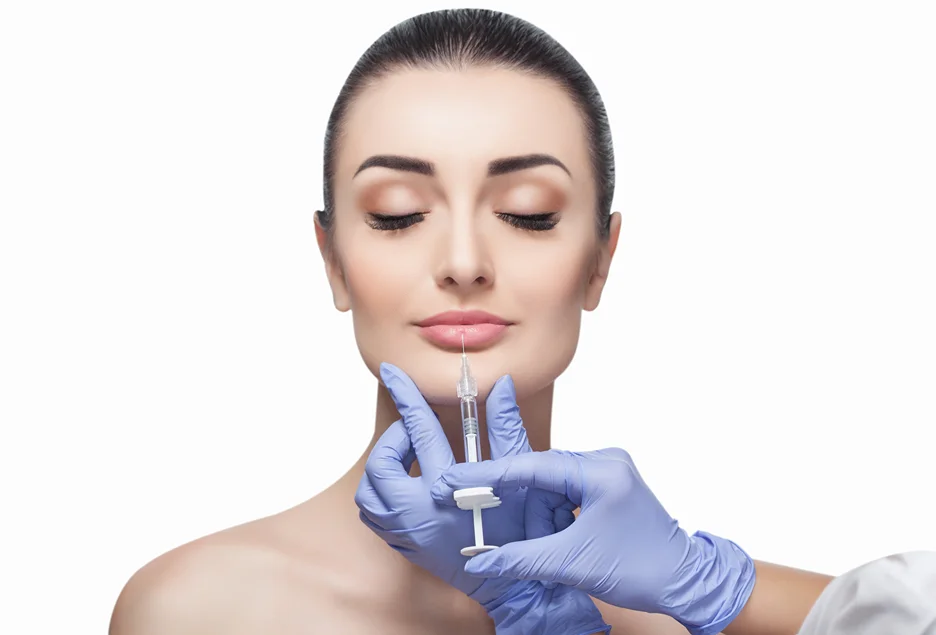
Dr. Soni’s swift swelling relief tips include:
- Cold Compress: Apply ice packs, wrapped in a thin towel, to the treated area for 10 minutes, then remove for another 10 minutes. Repeat this cycle during the first 24-48 hours to help lessen inflammation and swelling.
- Pain Relievers: Use over-the-counter medications like ibuprofen or acetaminophen, as recommended, to alleviate discomfort and swelling.
- Minimize Facial Movements: For the initial 24 hours post-treatment, avoid strenuous activities and limit facial expressions, such as smiling or frowning, to prevent further irritation.
- Elevation: Keep the treated area elevated while sitting or lying down to help reduce swelling, as gravity aids in draining excess fluid.
- Avoid Heat: Stay away from hot showers, saunas, steam rooms, and direct sunlight on the lips for a few days post-procedure to prevent increased swelling.
- Gentle Massage: After the first 24 hours, lightly massage the treated area with clean fingers to promote circulation and help disperse the filler.
- Seek Medical Advice: If swelling worsens or you experience pain, redness, or fever, contact your healthcare provider promptly.
Experience the safest lip filler procedures with Dr. Soni’s expert care at Ethos Aesthetics + Wellness.
FAQs About Dissolving Lip Fillers
Is Hyaluronidase Safe for Use in Dissolving Lip Filler?
Hyaluronidase is generally considered safe when administered by a licensed medical professional. The risk of side effects like swelling or bruising is low, and it has a good safety profile when used under medical supervision.
Can Hyaluronidase Affect Natural Hyaluronic Acid in the Body?
Technically, hyaluronidase can affect natural hyaluronic acid (HA) in the body, but its impact is not significant. It primarily targets the bonds of injected HA gels and is less effective on the natural HA present in skin tissue.
How does Hyaluronidase Interact with Injected Hyaluronic Acid Fillers?
Hyaluronidase can degrade both natural and injected HA, but it is more effective on injected, cross-linked HA fillers. These fillers are specifically designed to resist natural degradation, necessitating different dosages of hyaluronidase.
The required dosage varies based on the filler’s properties, such as whether it’s particulate or non-particulate, the degree of cross-linking, and HA concentration.
Typically, around five units of hyaluronidase are needed to break down 0.1mL of a 20mg/mL HA filler, although this can vary.
Does Hyaluronidase Migrate from the Injection Site?
Hyaluronidase works locally around the injection site to break down hyaluronic acid fillers and does not migrate significantly from the injection site. Its effects are temporary and localized to the treatment area.
What Are the Next Steps If Hyaluronidase Does Not Fully Dissolve the Filler?
If hyaluronidase is not fully effective, options may include multiple treatment sessions or waiting for the filler to degrade naturally. Surgical removal is a rare consideration.
Can Hyaluronidase Dissolve Non-Hyaluronic Acid Based Fillers?
Hyaluronidase is designed to break down hyaluronic acid-based fillers and is likely ineffective at dissolving other types of fillers, such as calcium hydroxylapatite or poly-L-lactic acid.
What Are the Potential Side Effects of Using Hyaluronidase?
Possible side effects include temporary swelling, bruising, or lumpiness at the injection site. Allergic reactions are rare but possible. Side effects are typically minor and resolve within a few days.
Your Safety, Our Priority: Achieve Your Perfect Pout With Confidence
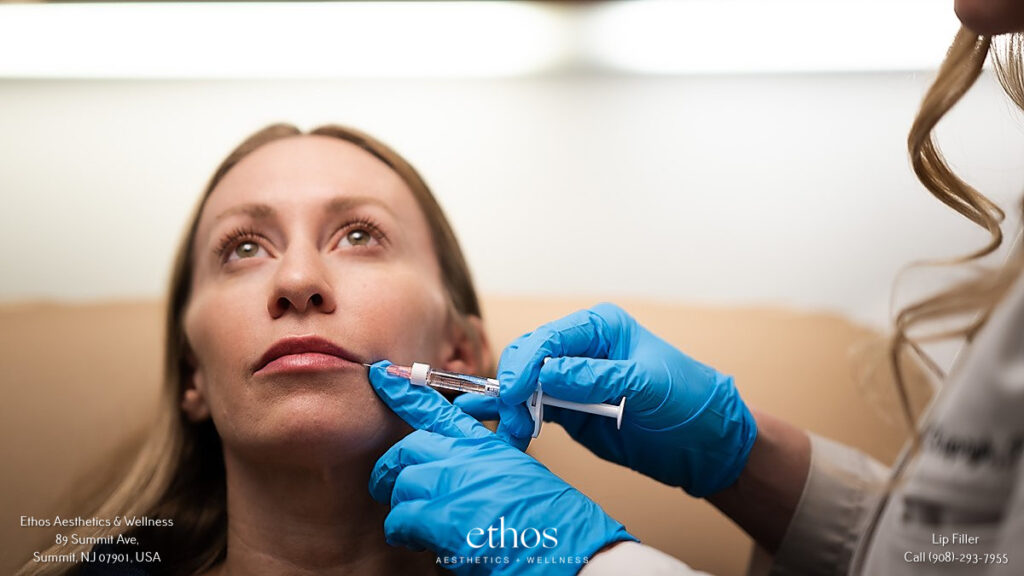
At Ethos Aesthetics + Wellness, we specialize not only in expertly applied lip fillers but also in precise filler dissolution. Dr. Hardik Soni skillfully uses hyaluronidase to smooth out lumps, bumps, and overfill, ensuring your lips look naturally flawless.
Schedule your consultation today with Ethos Aesthetics + Wellness. Whether it’s enhancing your lips or refining them, we’re here to help you achieve the perfect balance. Rediscover the beauty of your naturally perfect lips with us.

